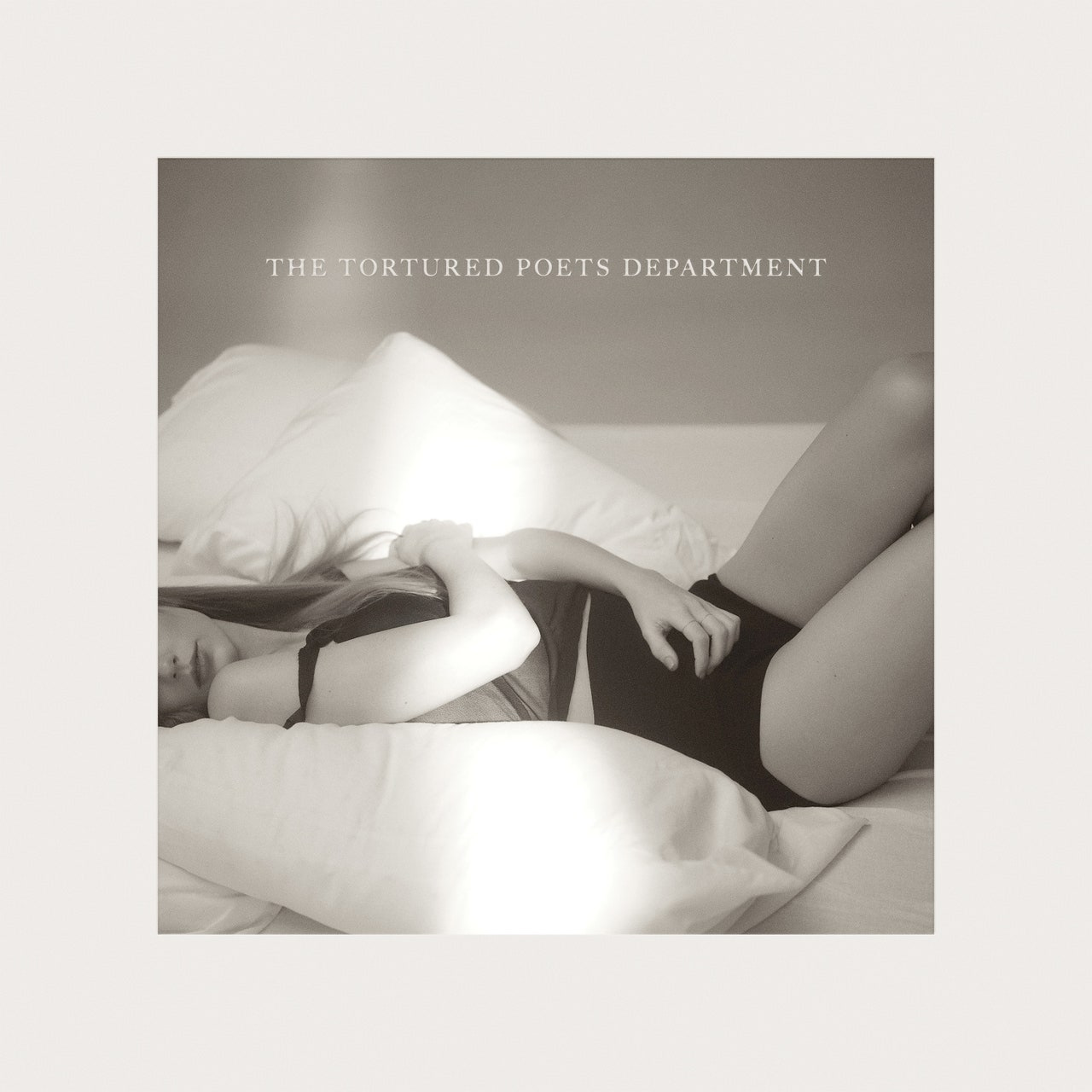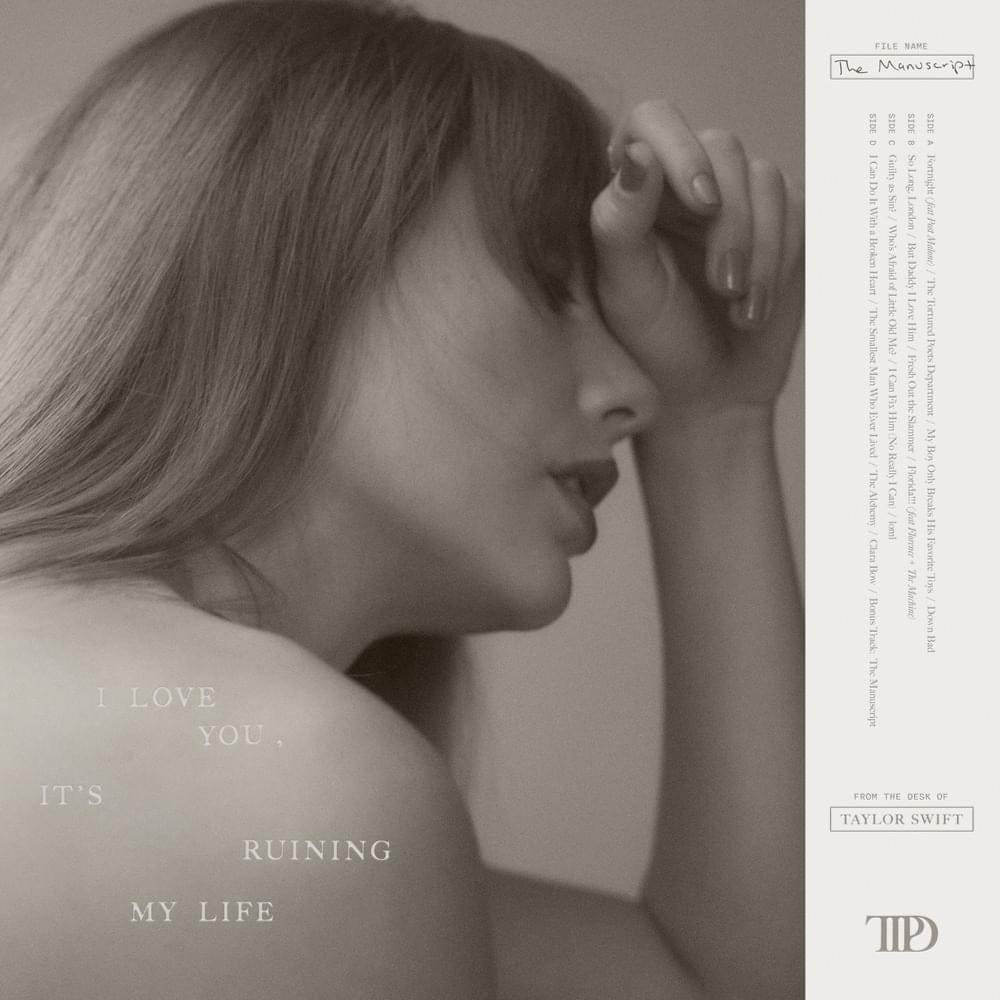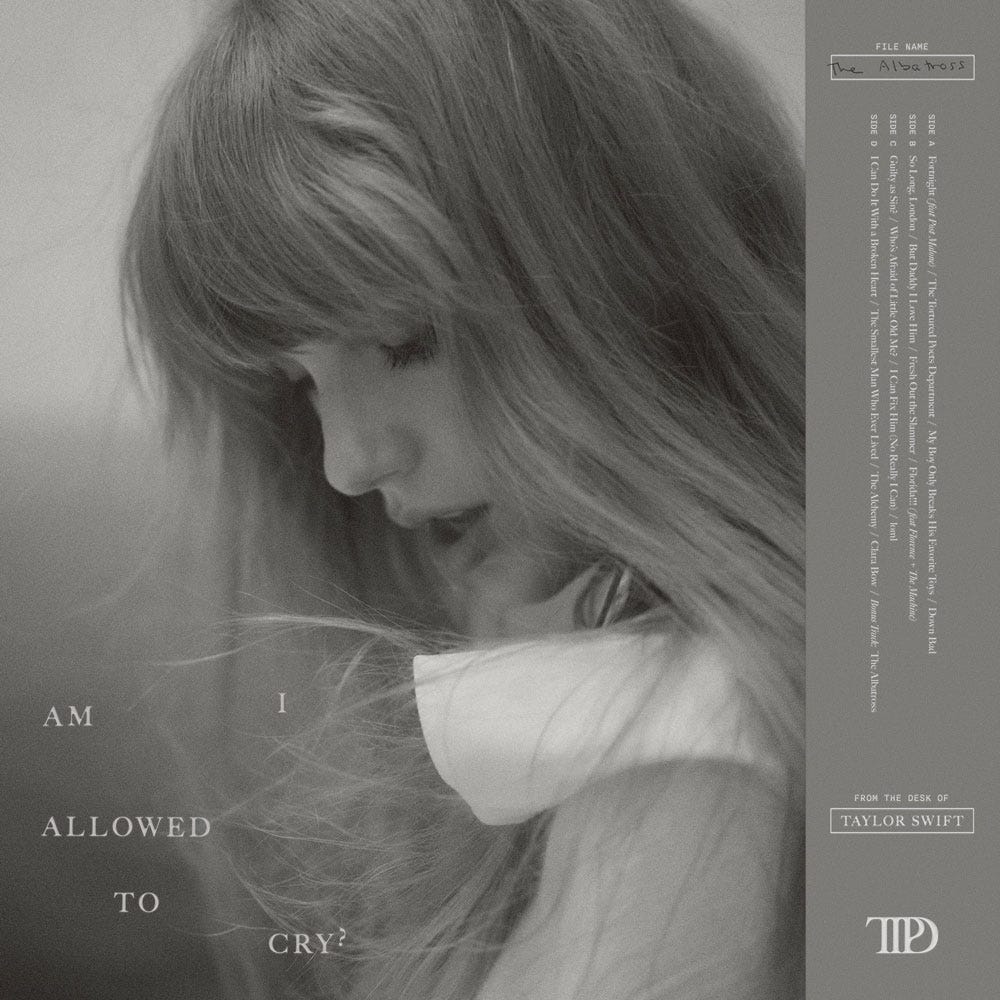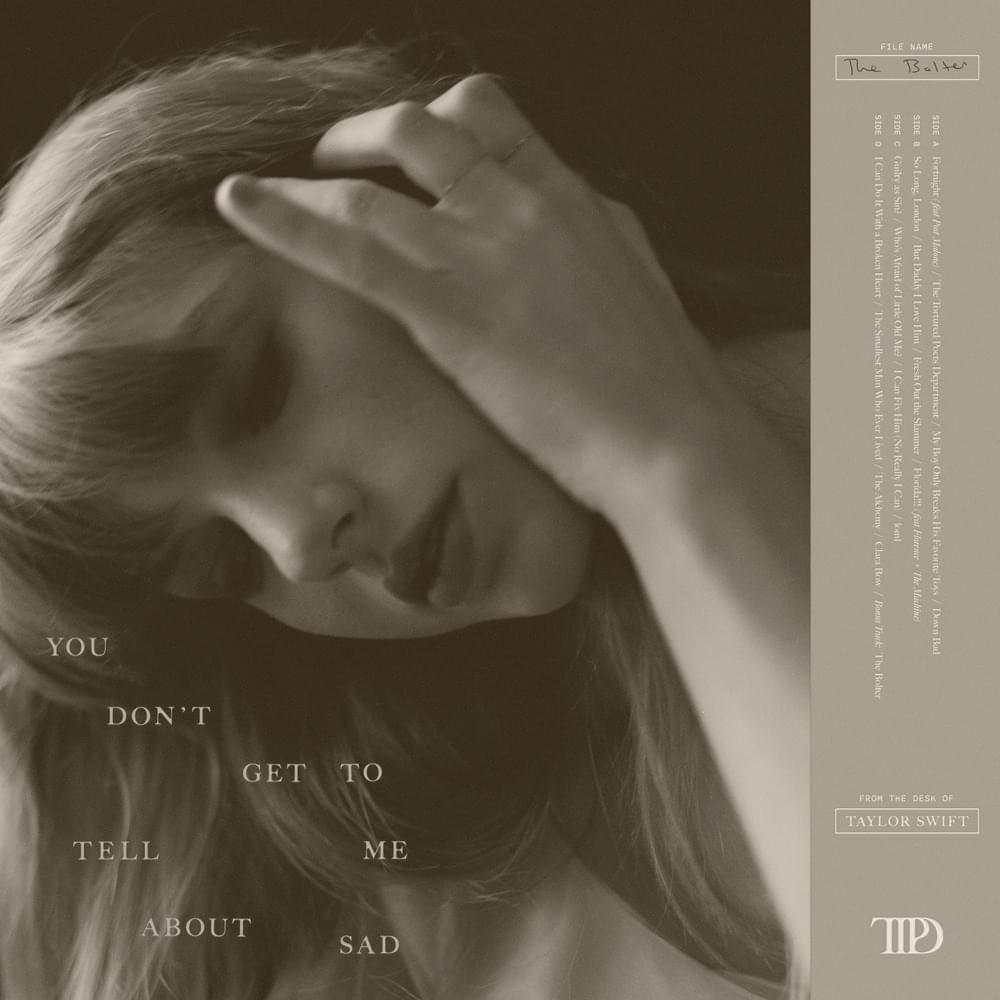“‘Cause I’m a real tough kid / I can handle my shit”, sings Taylor Swift on the song “I Can Do It with a Broken Heart”, one of the more upbeat songs on her largely melancholic new album, The Tortured Poets Department. The song makes clear reference to her wildly successful run of concerts, the Eras Tour, which has swept through North America, South America, Australia, and East Asia, and is set to come to Europe later this year. The song rather hilariously juxtaposes the glitz and glamour of Swift’s jet-setting performer lifestyle with her state of depression after her split from her ex-partner, the news of which was leaked to the press just days after the Eras Tour commenced, and hung over the proceedings like a pall. “I can read your mind / ‘She’s having the time of her life’”, she sings. But the ‘mercurial high’ of her performances belies what she’s really feeling underneath the surface: “I can show you lies”. Despite this, she picks herself up night after night and delivers a show; she’s a true professional.
On The Tortured Poets Department, Swift intentionally subverts her public persona and challenges the public’s perception of her, showing that she’s as self-aware as ever. Despite a lot of people’s insistence on seeing the album as complete autobiography, most of the songs here are fictional. “I Can Do It with a Broken Heart” is one of only two songs that directly tackle The Break-Up – the other being “So Long London”, an elegiac ballad to the titular city which stands in as a metonym for the relationship that has ended. Much speculation has gone on about whether other songs could be related to different rumoured male suitors, but this is largely irrelevant – like all the great writers, Swift filters her own experiences through the lens of fiction, freeing them from the tyranny of the self, allowing them to make broader statements about human nature.
People have also wondered if Swift is proclaiming herself to be a poet with this album. My guess is not. Though singer/poets do exist, such as Patti Smith, who gets a mention on the title track, and other songwriters have dabbled in poetry, such as Florence Welch (who features on “Florida!!!”) or Lana Del Rey, the title of this album seems more to poke fun at the idea of the tortured poet, who suffers valiantly for their art while neglecting their personal life. Though not exactly a poet by profession, Swift is a songwriter, and lyric poetry, with its rhythms and metres, is closer to a song than it is to a novel, for instance. Both are condensed forms of storytelling.
The album is an exegesis on the topic of tortured love, from the hauntings of a past affair on opening track “Fortnight”, to the cynical co-dependency on the title track, to star-crossed lovers disapproved of by the family and townsfolk on “But Daddy I Love Him”, to the tumultuous early phases of desire and longing on “Guilty as Sin?”. There are prisons, lunatic asylums, and alien abductions; there’s alcoholism, Barbie dolls, and crying at the gym. She runs the full gamut of scorned lovers and unrequited obsessions, and her sardonic sense of humour is on full display here.
Sonically, the album incorporates the acoustic elements of folklore and evermore with the synth-driven production of Midnights, and people have been quick to point out the influence of the re-recording of 1989 on the album as well. Once again, Swift worked with trusted collaborators Jack Antonoff and Aaron Dessner to create the album. This has led some critics to state that her collaboration, particularly with Antonoff, has run its course, the sounds have become too familiar and repetitive, and that she should move on to fresher pastures. One is reminded of the comments Swift herself made on how women musicians are expected to reinvent themselves constantly.
The other key concern of The Tortured Poets Department is womanhood – the roles women are expected to play, particularly in relation to men; the way they are expected to perform stereotypes of femininity for society; and what happens when these roles fail. On “Who’s Afraid of Little Old Me?”, the witch-hunted protagonist ‘leaps from the gallows’ of public opinion in a Carrie-style act of revenge and becomes a villain. (“Anti-Hero”, anyone?) “I Can Fix Him (No Really I Can)” is a classic tale of a woman trying to change a man by loving him, and finding out that she cannot. “Clara Bow” explores the pressures of fame and beauty, citing the titular film actress along with Stevie Nicks — and, in a surprising act of meta-narrative, Swift references herself by name, imagining a younger generation of women being compared to her.
The 16 tracks that make up this album are in fact only half the story. In true Taylor Swift fashion, just hours after the album’s release she announced the deluxe edition, subtitled The Anthology, which adds 15 new tracks to the original 16. These additional songs are predominantly folk-driven, the product of her collaboration with Dessner; the synth-pop cuts, handled by Antonoff, appear to have landed mostly on the first half. And, as with the bonus tracks from Midnights, there are some real gems. “thanK you aIMee” is an ode to a childhood bully, though it is believed that the song is about a more recent feud. “The Albatross” calls to mind evermore track “Ivy”, but is decidedly less cosy and firelit. “Peter” addresses a lost childhood love, looked back upon wistfully from the vantage point of adulthood: “Words from the mouths of babes / Promises oceans deep / But never to keep”.
The most striking development on The Tortured Poets Department is in Swift’s voice, which is at its most powerful after over a year of intensive training, rehearsals, and touring. She may not be the most distinctive singer, but the range of what her voice can do is quite astounding. The sonic palette of this album is not as technicolour as Midnights was; the visual material accompanying the album is in black and white, mostly consisting of Swift lying on a bed or striking various languid poses, and the instrumentals are appropriately monochrome and pared-down also. It is Swift’s voice which lends the album its pathos and depth, as well as the subtle and detailed production. The big moments, when they hit, take you by surprise; but for the most part, the narrative is at the forefront.
The sheer volume of material on this album is also indicative that the period of prolific creativity she’s in is still going strong, and who knows when it may end. The Tortured Poets Department is possibly her lengthiest, most sprawling album yet, and it comes less than two years after Midnights. Swift has also put out two re-recorded albums in the interim, not to mention the huge undertaking of the Eras Tour. Such brisk production of high-quality work has been observed before, such as in Joni Mitchell’s 70s period, but rarely does it last for very long. It’s a flash, a turn of the Wheel of Fortune, which has to be taken advantage of while it’s there. Eventually the heat dies down, and the artist adjusts to a slower pace of work. But one thing’s for certain: for however long it does last, Swift is striking while the iron is hot.







